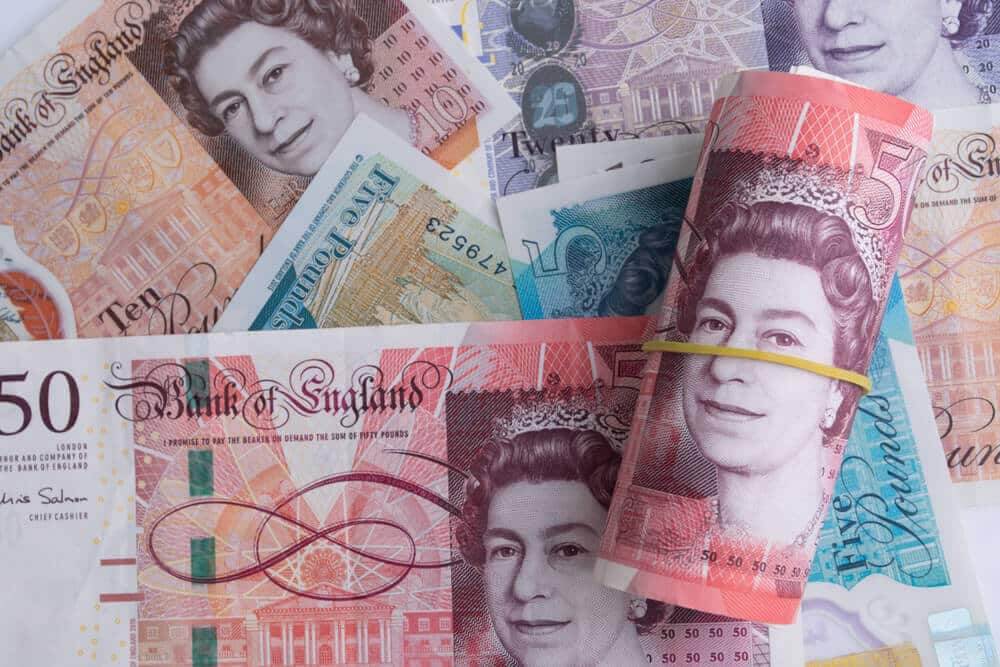
EURUSD and GBPUSD and the impact of BoE interest rate reports
After yesterday’s Fed decision to keep the interest rate at the same level at 0.25%, the pair EURUSD climbed to 1.13200 this morning. This level is the third obstacle for us to continue the bullish impulse. Again we have a withdrawal to 1.12950, and we are looking for support in the 1.12800 zone with the support of moving averages. If this support fails to leave EURUSD above, then we go down to a new test of the lower support line.
Bullish scanner:
- We need new positive consolidation and new testing of 1.13200 levels.
- A break above can lead us to the next resistance at 1.13500 December maximum.
Bearish scenario:
- We need negative consolidation, retreating below moving averages, and testing the bottom line of support.
- The first support zone is at 1.12500, and the next is at 1.12250 of the previous lower low area.
- If the bearish pressure increases, further withdrawal of EURUSD will lower us to the psychological support zone at 1.12000.
GBPUSD chart analysis
The latest news is that the Bank of England has raised the reference interest rate from 0.10% to 0.25%. This move was felt in all GBP pairs. Looking at the GBPUSD chart, the pound strengthened at the time of the news release and moved 100 pips, from 1.32500 to 1.33500. The bullish momentum is very strong because the report surprised everyone and supported the pound.
- Bullish scenario:
- We need to continue this positive consolidation and a break above 1.34000 to overcome the lover low of 15 November.
- We have current support in the MA20 moving average, and based on it, we can expect growth to the MA50 moving average in the zone around 1.35000.
- If this euphoria with a strong pound continues, our target is the upper trend line and MA200 around 1.36000 levels.
Bearish scenario:
- We need a new negative consolidation and a retreat below the MA20 moving average.
- Then we descend to the zone of great support around 1.32000, and a further break below that zone opens new minima this year.
 Market overview
Market overview
The Bank of England lifted its key interest rate for the first time since 2018, although the new variant of the coronavirus Omicron poses negative risks to economic activity.
Monetary policy has decided to raise its key rate by 0.15 percentage points to 0.25 percent from a record low of 0.10 percent. This rate increase was the first rate increase since August 2018.
Eight members voted to increase the rate, while Silvana Tenreiro preferred to keep the rate at 0.1 percent. Tenreiro assessed that the significant uncertainty introduced by Omicron justifies waiting until February for more clarity before considering an increase in the rate.
Most members believe that maintaining the current monetary policy stance when CPI inflation was materially above the 2 percent target and when the output gap seemed closed could further increase medium-term inflation expectations.
The committee said a modest tightening of monetary policy over the projected period is likely needed to meet inflation targets sustainably. The committee unanimously decided to keep the bond purchase program at £ 895 billion.
Inflation rose to 5.1 percent in November. Bank members expect inflation to remain around 5 percent for most of the winter and reach a maximum of around 6 percent in April 2022.
The European Central Bank, on Thursday, announced that it would stop buying funds within its scheme of stimulating the Covid-19 pandemic at the end of March next year.
Because pandemic, 1.850 billion euros, the emergency purchase program was released in March 2020 to support the economy and financial system of the eurozone amid the risks posed by disturbances caused by the coronavirus pandemic.
The Governing Council has decided to extend the reinvestment horizon for PEPP at least until the end of 2024, ECB officials said. The ECB said that net purchases under the PEPP could also be continued, if necessary, to counter the negative shocks associated with the pandemic. The ECB has reaffirmed its expectation that net purchases will be completed just before it starts raising its key interest rates.


 Market overview
Market overview
